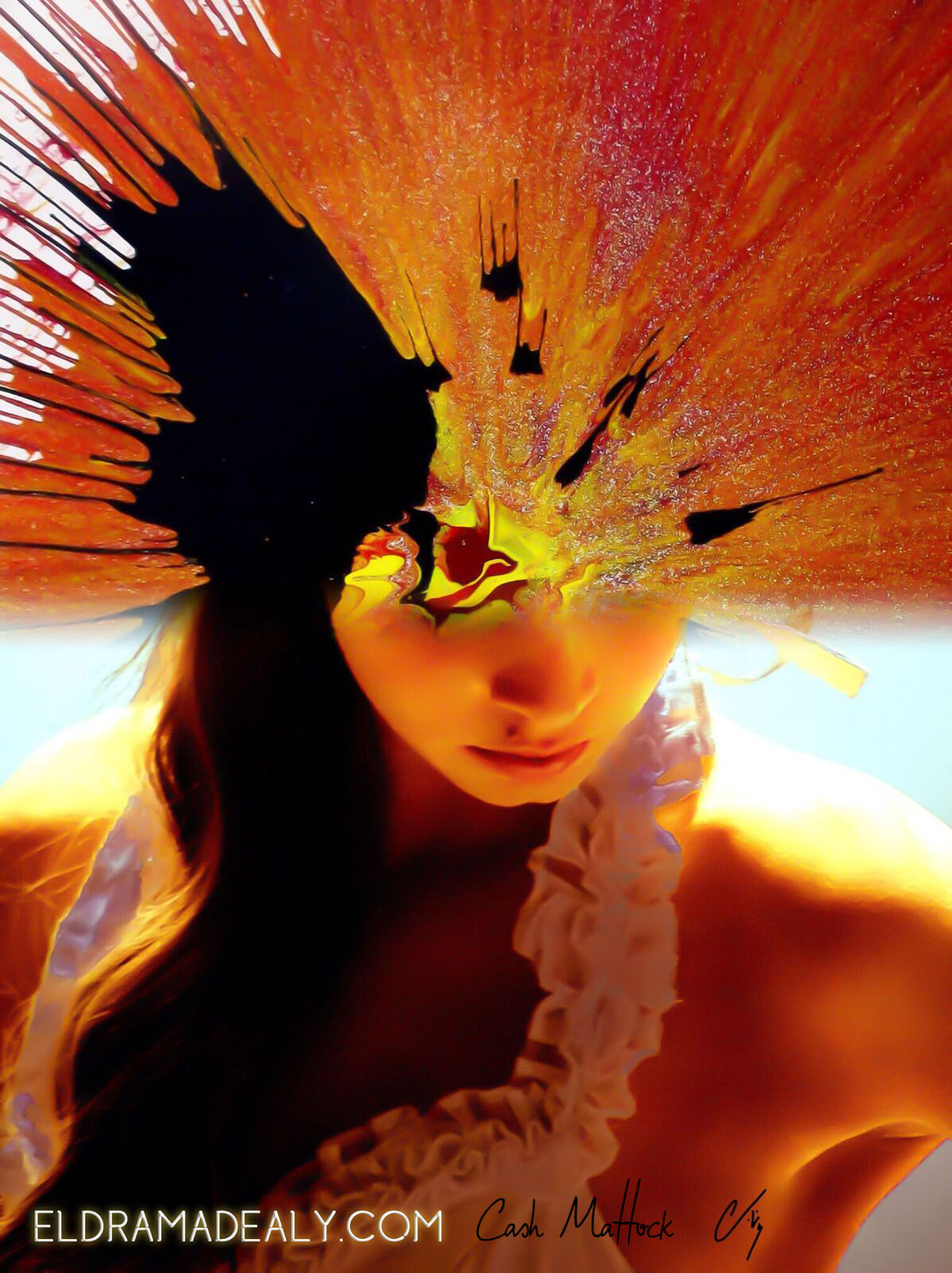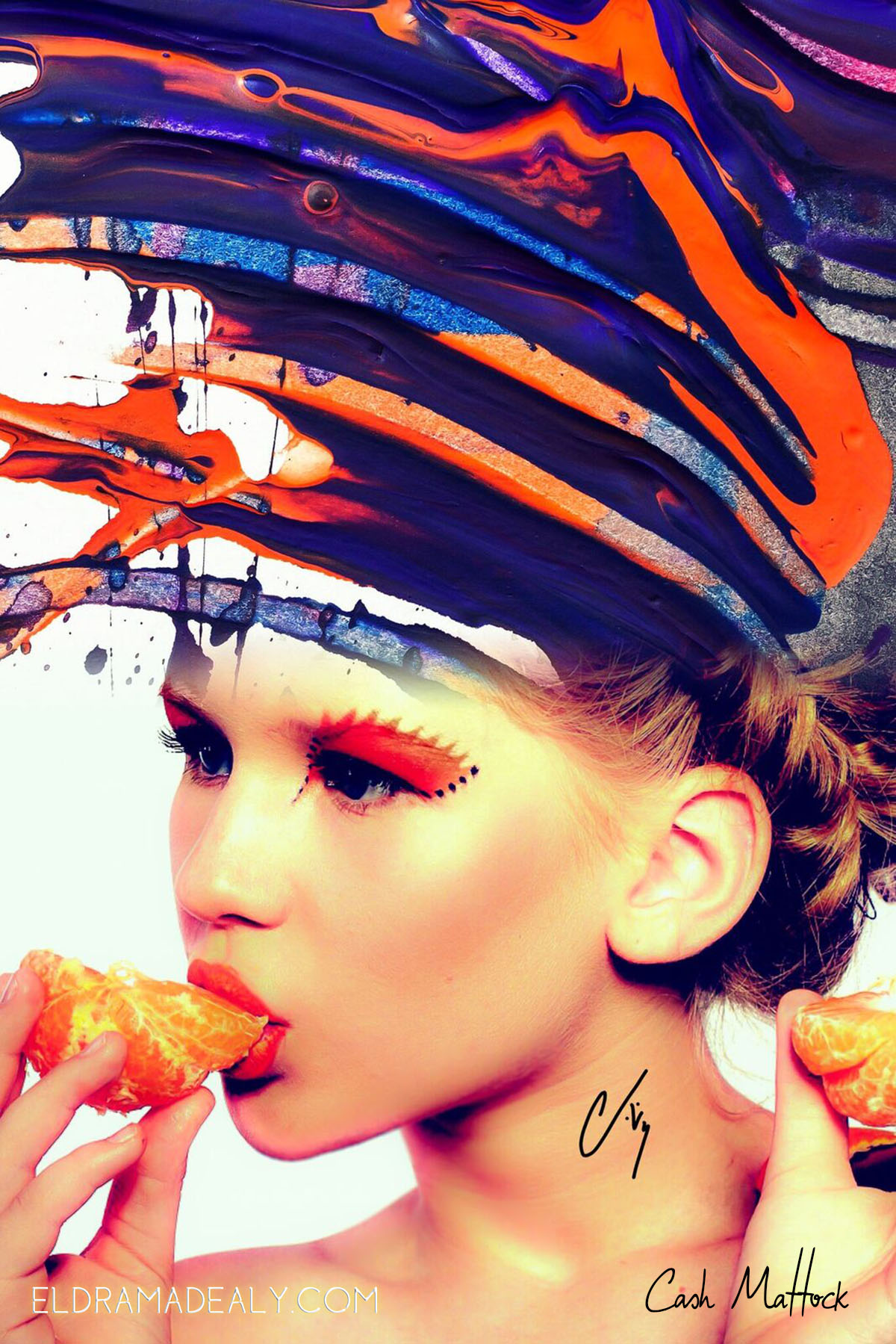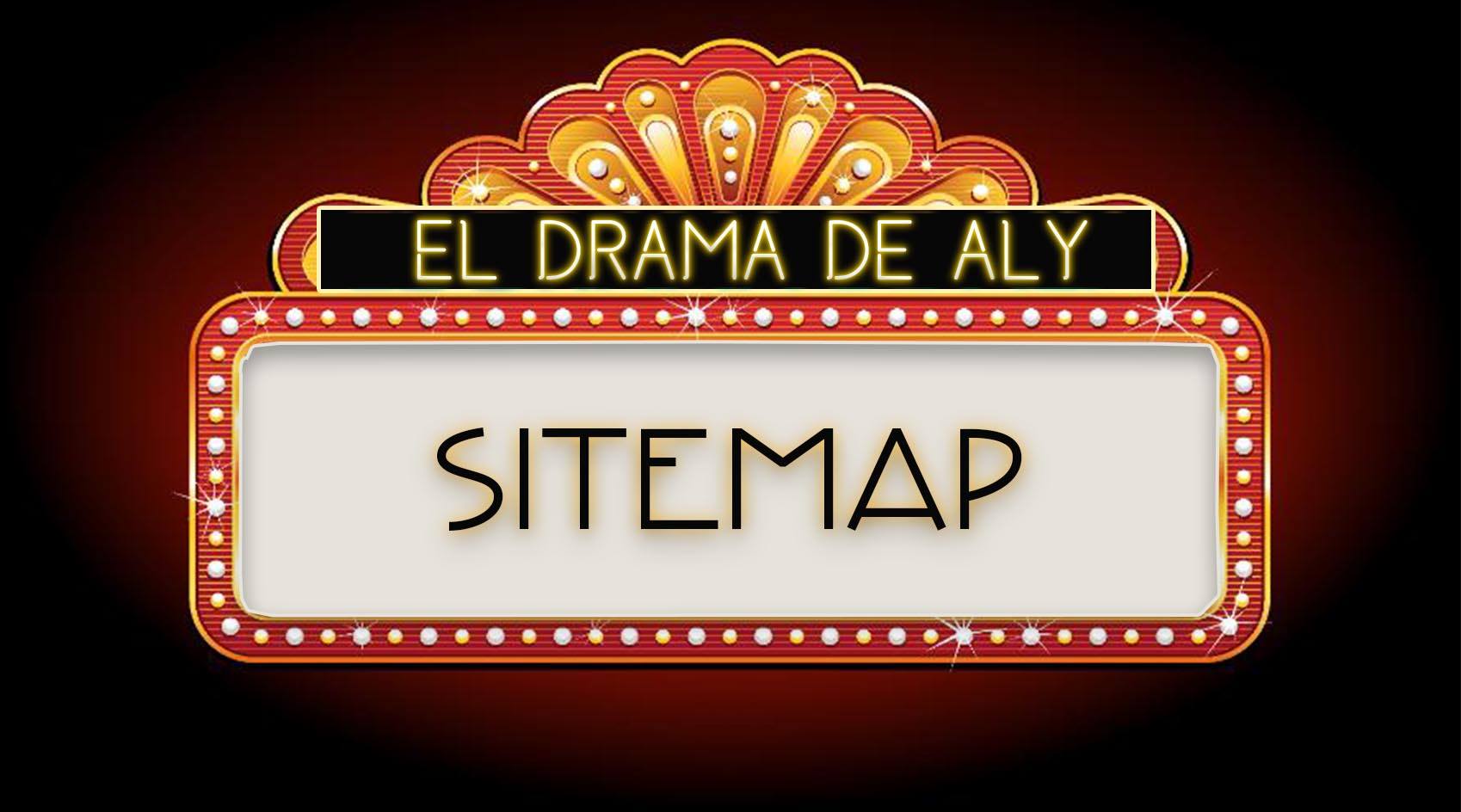~ Most people take color for granted because it is part of our everyday reality but we need to expand our common understanding of what we see. If we all had a deeper appreciation of how we take in sensory information it would bring us closer to a more comprehensive view of our relationship with the universe and each other.
Cash Mattock
What does color mean to you? There are more than three million cases of color blindness a year so if you are one of those individuals this word could have a very different meaning and there are approximately thirty nine million documented blind people as well. We often associate colors with emotions. These associations seem common among the vast majority but are these correlations learned or are they a product of a natural understanding of our environment?
It would seem that our perception and emotional connection developed as an evolved instinct but it’s actually much deeper than that. We can identify cold with blue and hot with red but colors can carry mixed messages. Many living things, plants and animals, have evolved the use of bright colors to propagate their species but many species also have evolved their use of bright colors as a warning to predators. Therefore color alone is not the messenger. It must be a two way street. Our interpretation of color is part of our perception of our environment and this is coupled with our relationship with said environment. In other words if we’re horny color means something entirely different than if we’re hungry. I’m kidding… Well, sort of…
Color comes from the visible portion of the electromagnetic spectrum. Radio waves, microwaves, gamma rays and x-rays are also part of the spectrum. Our perception of color comes from the stimulation of cone cells by electrometric radiation. We assume that everyone sees color in the same way but this isn’t always true.
Not all species experience color in the same way mainly because the cell structure of the eye can vary greatly from one living thing to another but even species that have different eye structure can still identify that a poison dart frog is a very bad thing to eat. This is because they all can identify the wavelength of color(s) that tell them that the frog is poisonous. Every living thing that can see has their own independent reality when it comes to color perception.
Prolonged exposure to some of these waves can even have temporary psychological effects. Research has shown that if you sleep with a nightlight that has a shorter wavelength like blue verses a longer wavelength like red then you are more susceptible to depression. This raises a question… could the color balance of the light from your smart devices be affecting your mood? We already know that High Energy Visible (HEV) blue light can cause eyestrain leading to permanent damage but, could this also be affecting our minds? I think it’s possible.
You may not have ever thought about this but you and I are also waves. Our cells are made up of molecules, atoms and particles that carry a vibration. This vibration is the wavelength and frequency of our body being held together by forces that reside in fields that also behave like infinite waves that span our universe.
The colors of visible light are part of this symphony of waves weaving through the fabric of our reality. Without light there would be no life. Our eyes are an evolved sensor that can detect electromagnetic radiation that bounces off objects. If you were to ask most people which species can perceive their environment with more detail the answer would be humans but objects are approximately 99.9% empty space being held together by forces so who’s to say which species can “see” better. Sight is such a huge part of our perceived reality that we’ve forgotten what it is that we are actually seeing.
See more from Cash Mattock / Ver más de Cash Mattock
Cash Mattock Home ~ Elements ~ Architecture ~ The Ratios of Nature ~ Destruction ~ Space ~ Color ~ Industry ~ Esoteric Theories of Flora, Fauna and the Universe ~ About Cash MattockIf you liked this page, follow us on Facebook, like us, and give us your comments. Your comments make us grow, thank you.
Si te gustó esta página, síguenos en Facebook, dános un like y tus comentarios. Tus comentarios nos hacen crecer, gracias.









